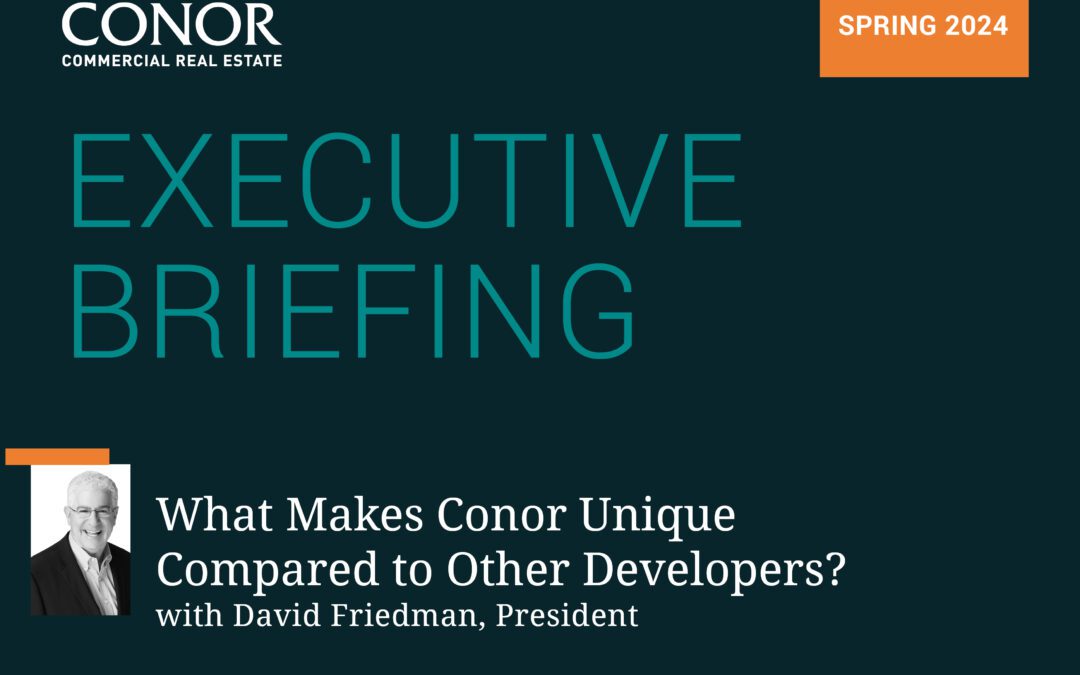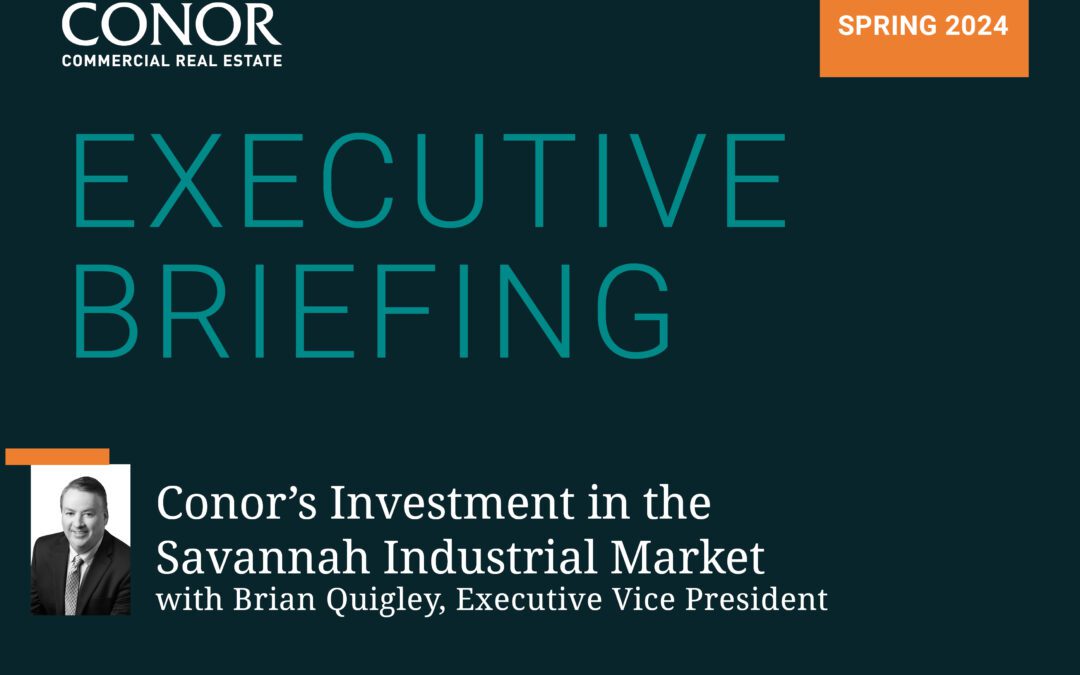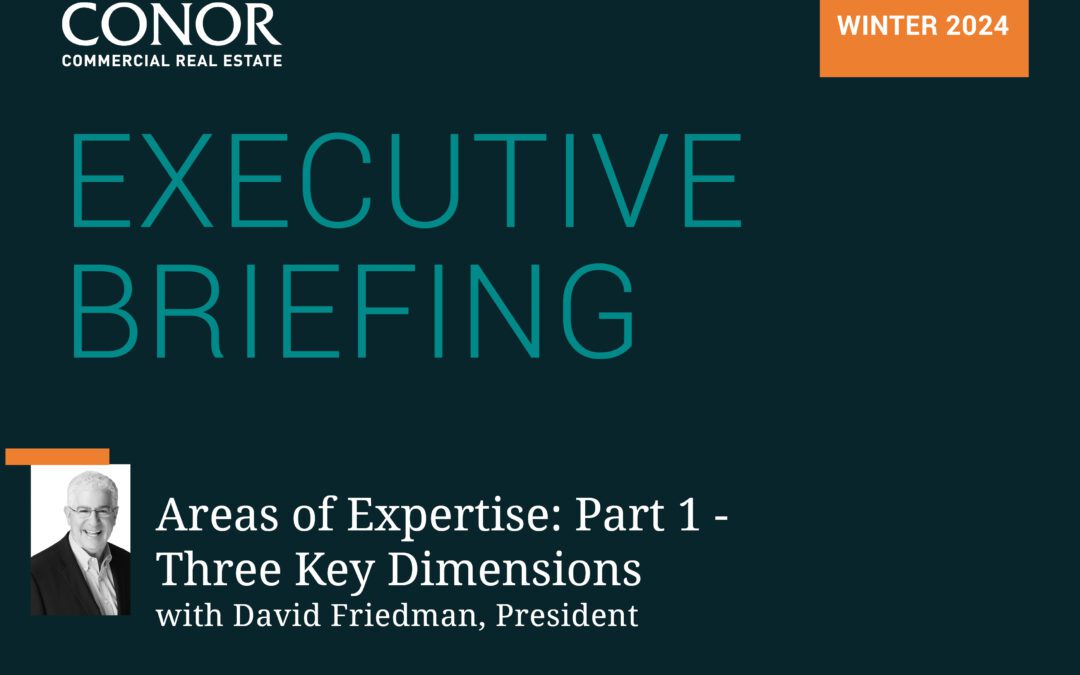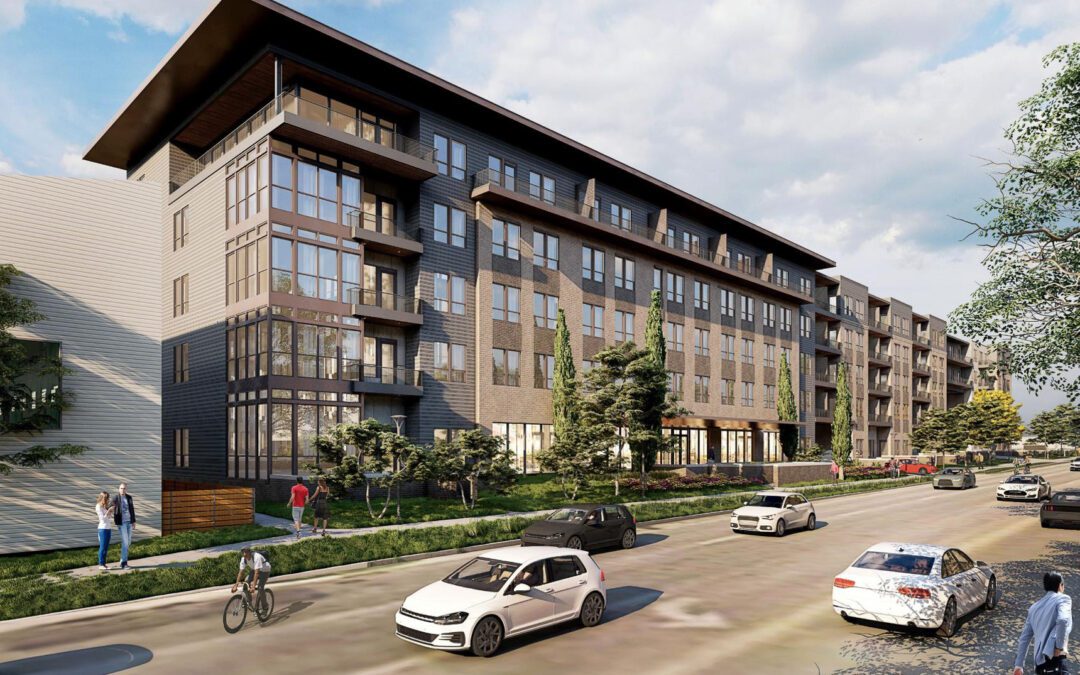
Written by: Sven Tustin, Vice President – Southwest Region
E-commerce sales represented 8.3% of all U.S. retail sales during 2016, and with a year-over-year growth rate of 16%, its market share will continue to grow. To capture and better serve this industry, retailers continue to refine their supply chain network. Historically, the main objective of a warehouse was to store product in a cost-effective manner. However, as retailers such as Amazon, Best Buy and Walmart attract their e-commerce customers with next-day, same-day, and two-hour delivery options, the location and proximity of the warehouse to their customers becomes an important factor. This critical final link in the supply chain network is known as the last-mile.
Until recently, online purchases would typically be shipped from large fulfillment centers located in the outskirts of major industrial markets such as Atlanta, Chicago, Houston, Los Angeles, and New York. However, retailers’ ability to provide fast shipping options from these fulfillment hubs to other major metropolitan areas is cost prohibitive. As a result, retailers began expanding with smaller distribution facilities into other markets, with a focus on infill — positioning themselves as close to the consumer as possible — in order to compete against other retailers and minimize transportation costs.
Infill warehousing options are limited, with much of existing product being obsolete and vacant land being expensive, without industrial zoning, or facing physical/environmental challenges. To overcome these challenges, developers are acquiring properties in ideal urban locations and adaptively redeveloping existing buildings to create a new industrial product type: the urban warehouse. The features of the urban warehouse are as varied as the locations in which they are located, and often depend on the amount of goods being distributed. Unlike traditional fulfillment centers that grow horizontally, urban warehouses grow vertically with either high clear heights or multi-level configurations that utilize complex automated material handling systems. By emphasizing volume of storage, as opposed to area, high land prices can be spread across a greater storage capacity.
Millennials are the largest e-commerce consumer, so retailers are particularly focused on capturing their business. Cities such as Austin, Denver, Minneapolis, Phoenix, Reno, Salt Lake City, and Seattle are especially attractive to retailers because of the high concentration of millennials. With geographic coverage in these core markets and the expertise to overcome the challenges of infill development, Conor Commercial Real Estate is among a small group of developers uniquely qualified and focused on this new frontier for e-commerce.






